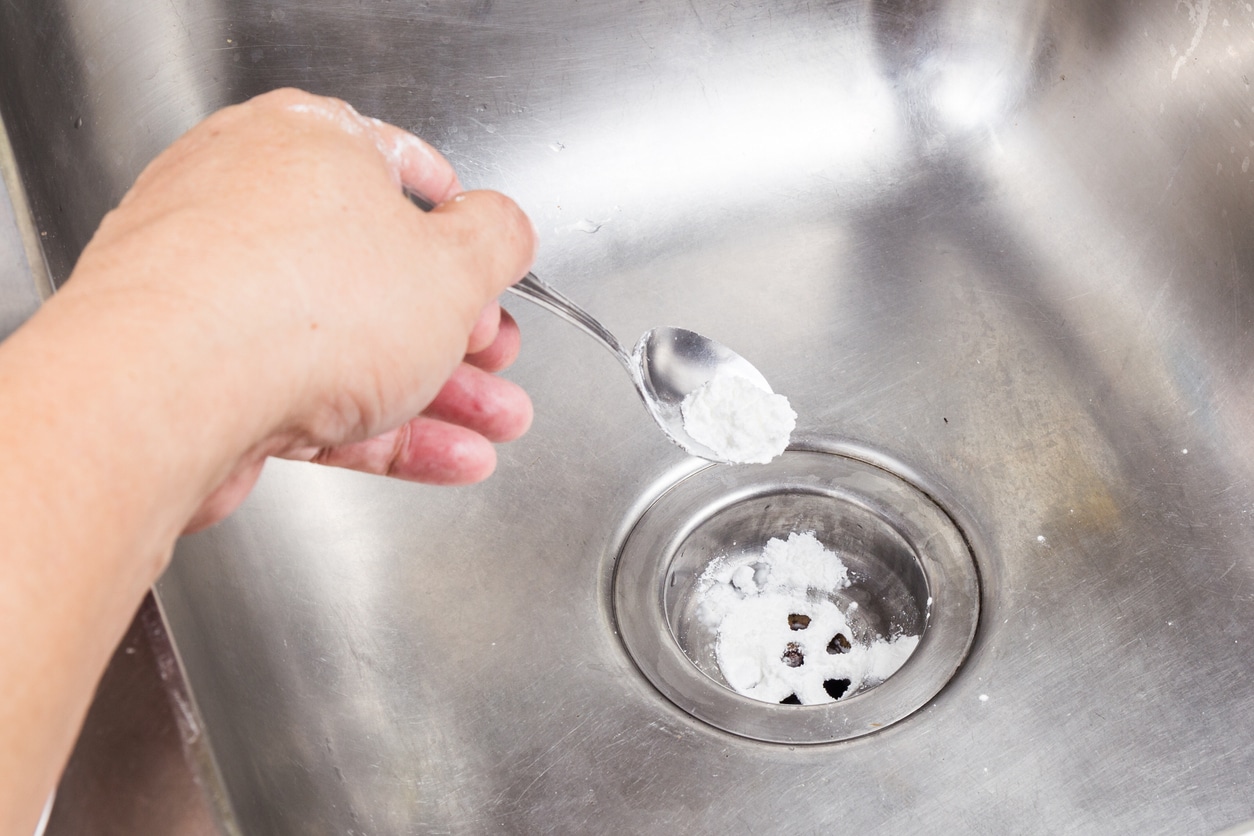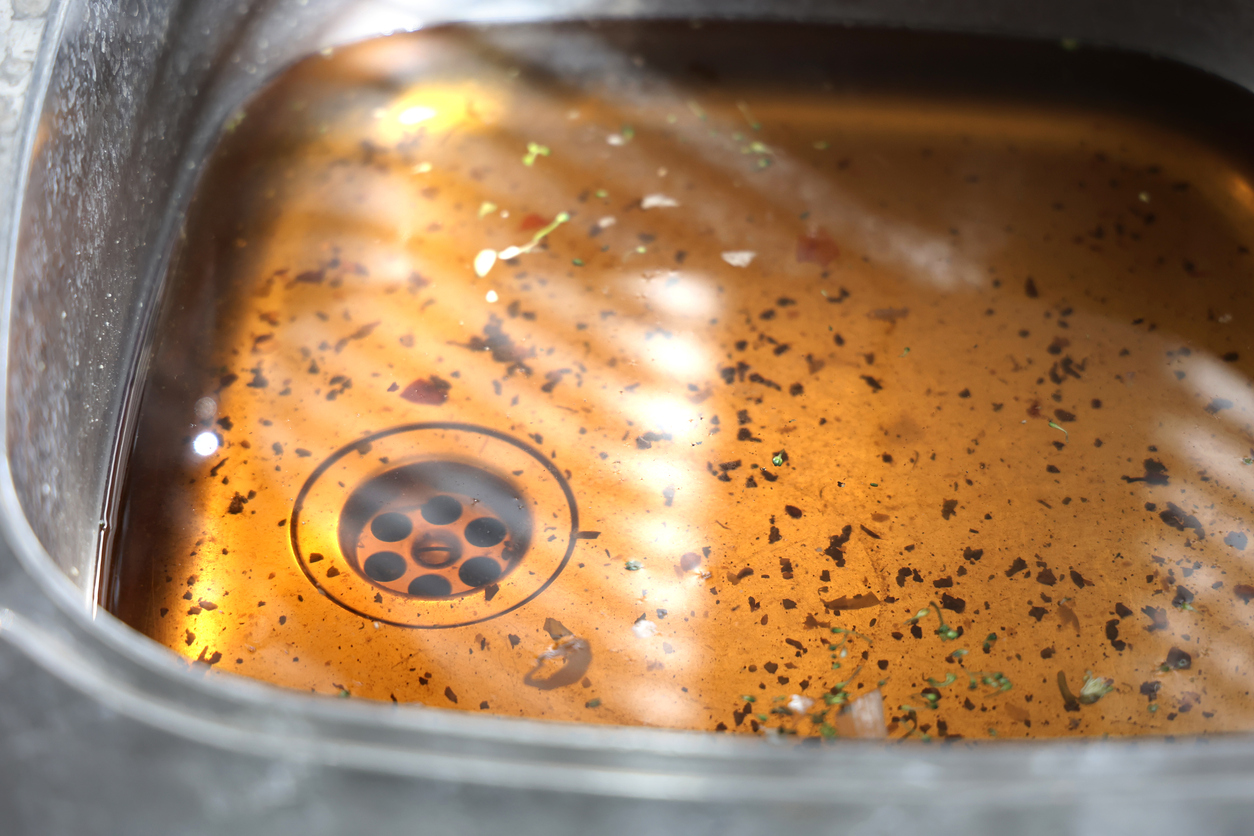If you are a homeowner or simply a DIY aficionado, there are many cool and effective DIY drain unclogger methods. We’ll give you the “top 10” below and also explain when sewer and drain cleaning is not a great DIY idea, and you’ll need a professional drain cleaner.
Don’t find out the difference the hard way!
If you take the time to read this article there is a good chance you’ll save yourself from getting into some drain cleaning trouble! If you get that “uh-oh feeling” then stop before you start! Once you disrupt and take apart your drain line you can make a minor drain line inconvenience into an “out of service” for you and your entire family.
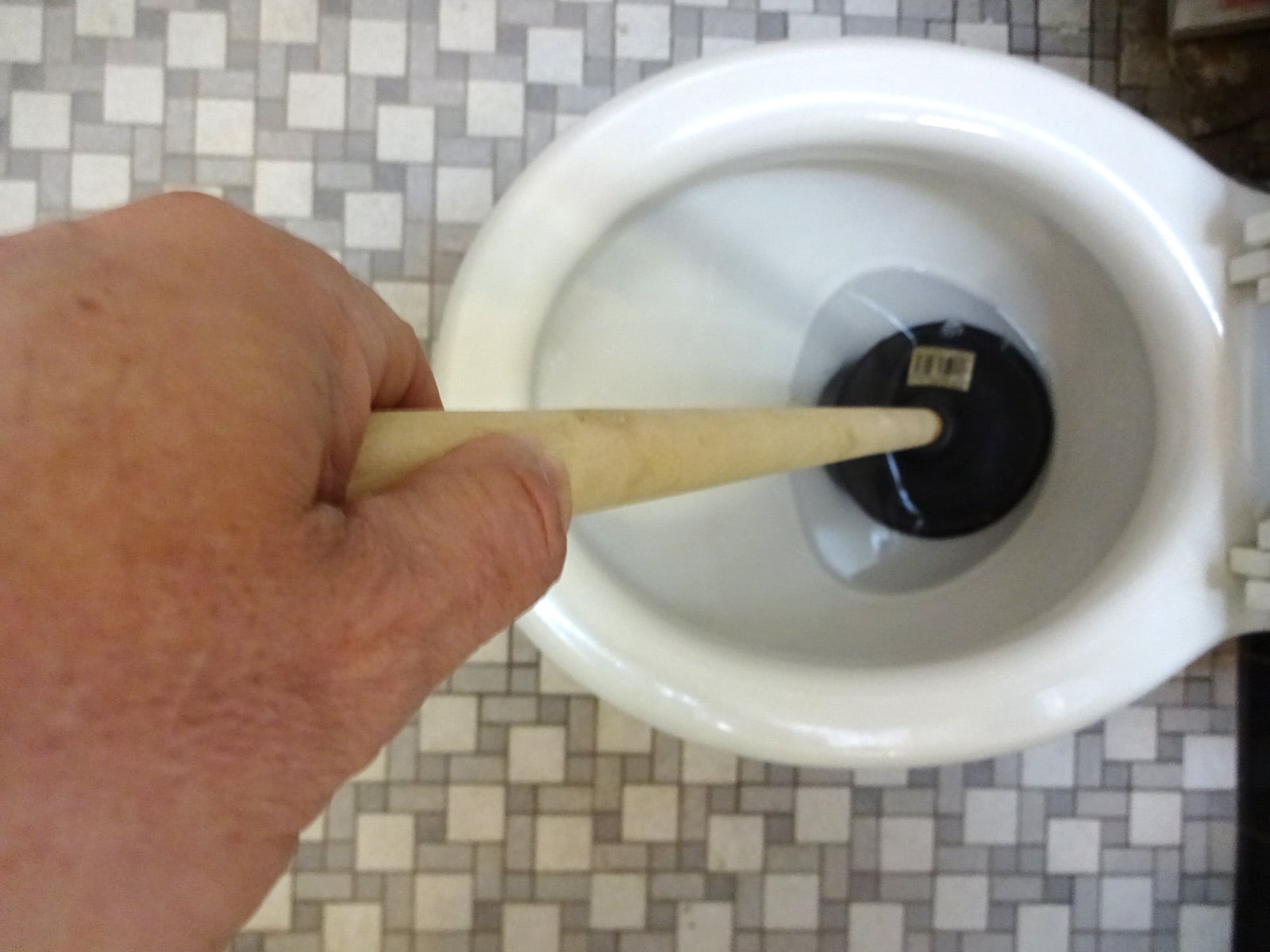
Ten Effective DIY Drain Unclogger and Cleaning Methods:
1. Boiling Water: Pouring boiling water down the drain can help dissolve and flush away grease and soap residue that may be causing a partial blockage. In some cases, this simple method will unclog a drain.
2. Baking Soda and Vinegar: Gather equal parts of vinegar and baking soda in order to clean a drain. Pour the baking into the drain first, then pour the vinegar afterward. After letting it sit for about 30 minutes, flush the drain with hot water. The fizzing action helps break down debris and odors, and the gases formed force out clogs in many cases.
3. Wire Hanger: Straighten a wire coat hanger and create a small hook at one end. Use it to fish out hair and debris from the drain.
4. Baking Soda and Salt: Mix equal parts of baking soda and salt, then pour it down the drain. Let it sit for several hours or overnight before flushing with hot water. This mixture can help break down organic matter and is considered one a few natural homemade drain cleaners.
5. Plunger: A drain plunger can be effective for clearing clogs in sinks, toilets, and shower drains. Ensure there’s enough water to cover the rubber part of the plunger, then plunge vigorously to dislodge the blockage. Just remember, there are two basic types of plungers and they are designed for different purposes.
There Are Two Separate and Distinct Types of Drain Plungers:
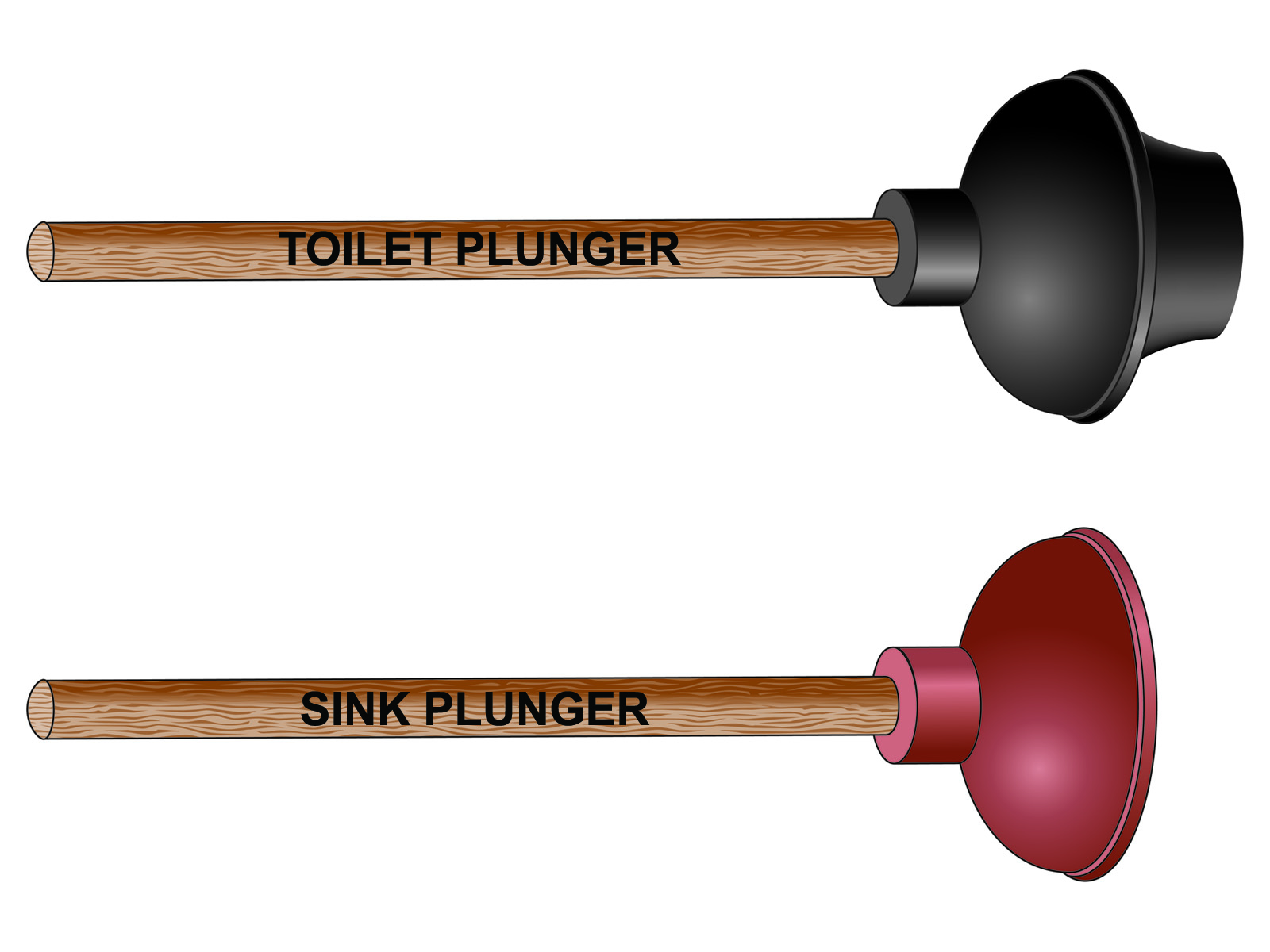
6. DIY Drain Snake: Make a simple drain snake using a straightened wire coat hanger or a long flexible plastic rod with a hook at the end. Insert it into the drain, twist and push until you reach the clog, then pull it out.
7. Hot Water and Dish Soap: Mix hot water with dish soap and pour it down the drain. Let it sit for a while before flushing with more hot water. The soap can help dissolve grease and grime.
8. Salt and Boiling Water: Pour a few tablespoons of salt down the drain followed by boiling water. The combination can help break up grease and loosen debris.
9. Wet/Dry Vacuum: If you have a wet/dry vacuum, you can use it to suck out clogs from drains. Be sure to create a tight seal around the drain opening to maximize suction.
10. Manual Auger: A manual auger, also known as a plumbing snake, can be purchased at hardware stores. Insert the auger into the drain and crank it to break up and retrieve the clog.
Remember to exercise caution when using DIY methods and avoid mixing chemicals, as this can produce harmful reactions or worsen the blockage. If these methods don’t work or if you’re uncomfortable attempting DIY solutions, it’s best to contact a professional plumber.
DIY Drain Unclogger Methods vs Professional Drain Cleaning
Determining whether to handle drain cleaning as a DIY project, or to enlist the help of a professional plumber depends on several factors. One of which is being honest about your skill level, for instance clearing a clogged bathub drain may or may not be a DIY drain unclogger project.
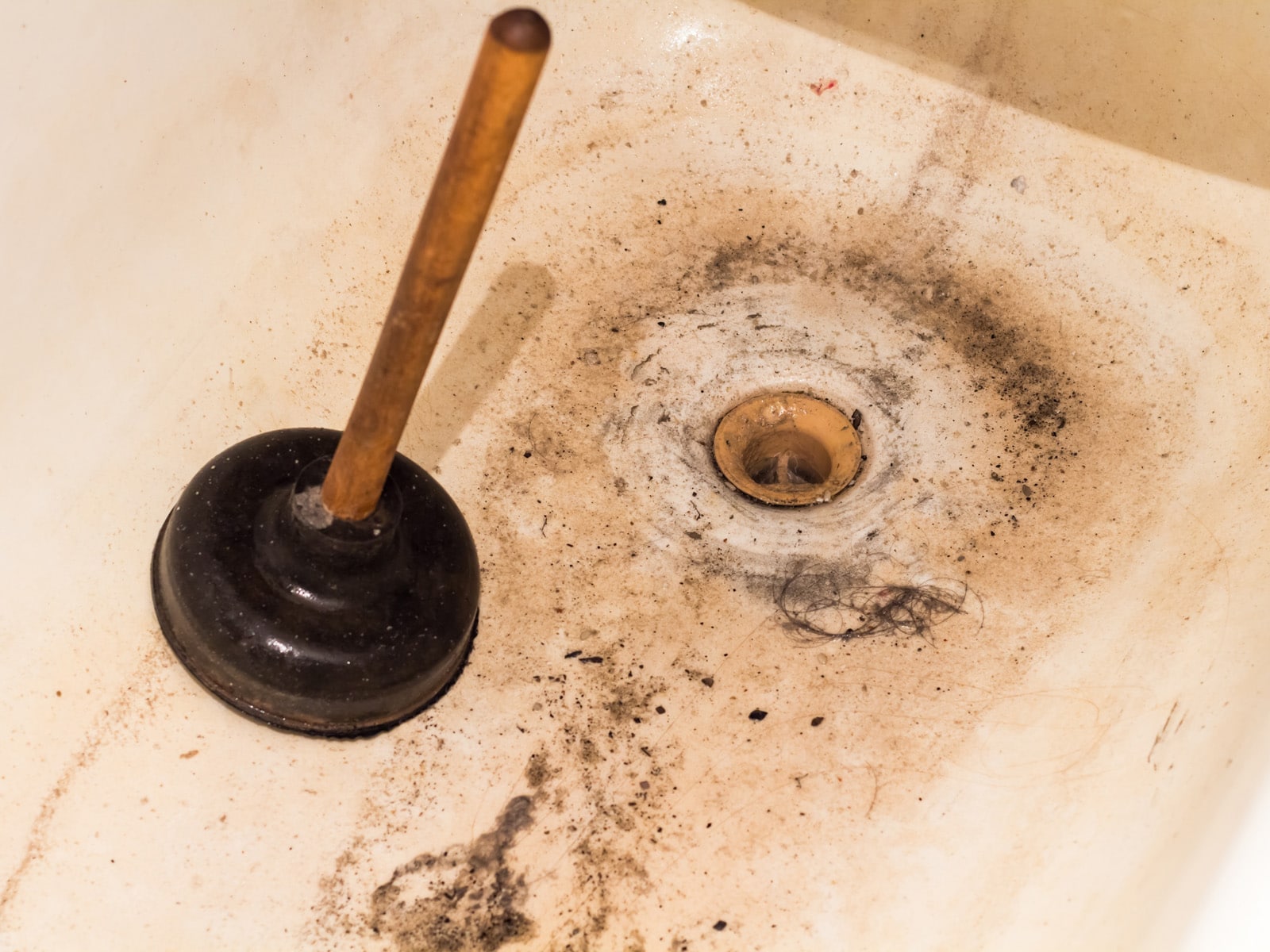
4 Appropriate DIY Drain Cleaning Projects:
1. Minor Clogs: If the drain is only partially blocked and water is still draining slowly, DIY methods like using a plunger, clearing a drain pop-up, a homemade drain snake, or pouring boiling water down the drain can often clear the clog.
2. Regular Maintenance: Routine maintenance tasks such as mixing some baking soda with a cup of vinegar down drains or using enzymatic cleaners can help prevent clogs from forming and keep drains clear. What folks also frequently forget to do is clean drain strainers and sunk pop-ups.
3. Simple Fixtures: Some fixtures, such as kitchen sinks or shower drains, are often straightforward to address with DIY methods since they typically have accessible drain openings.
4. What Are Your Comfort Levels and Tools?: If you’re comfortable working with basic tools and have the necessary equipment like plungers or drain snakes on hand, DIY drain cleaning may be a viable option. There is also the question of time, how much time are you willing to spend? For instance, clearing out a sink trap is fairly simple, are you prepared to spend the time and get a little bit messy?
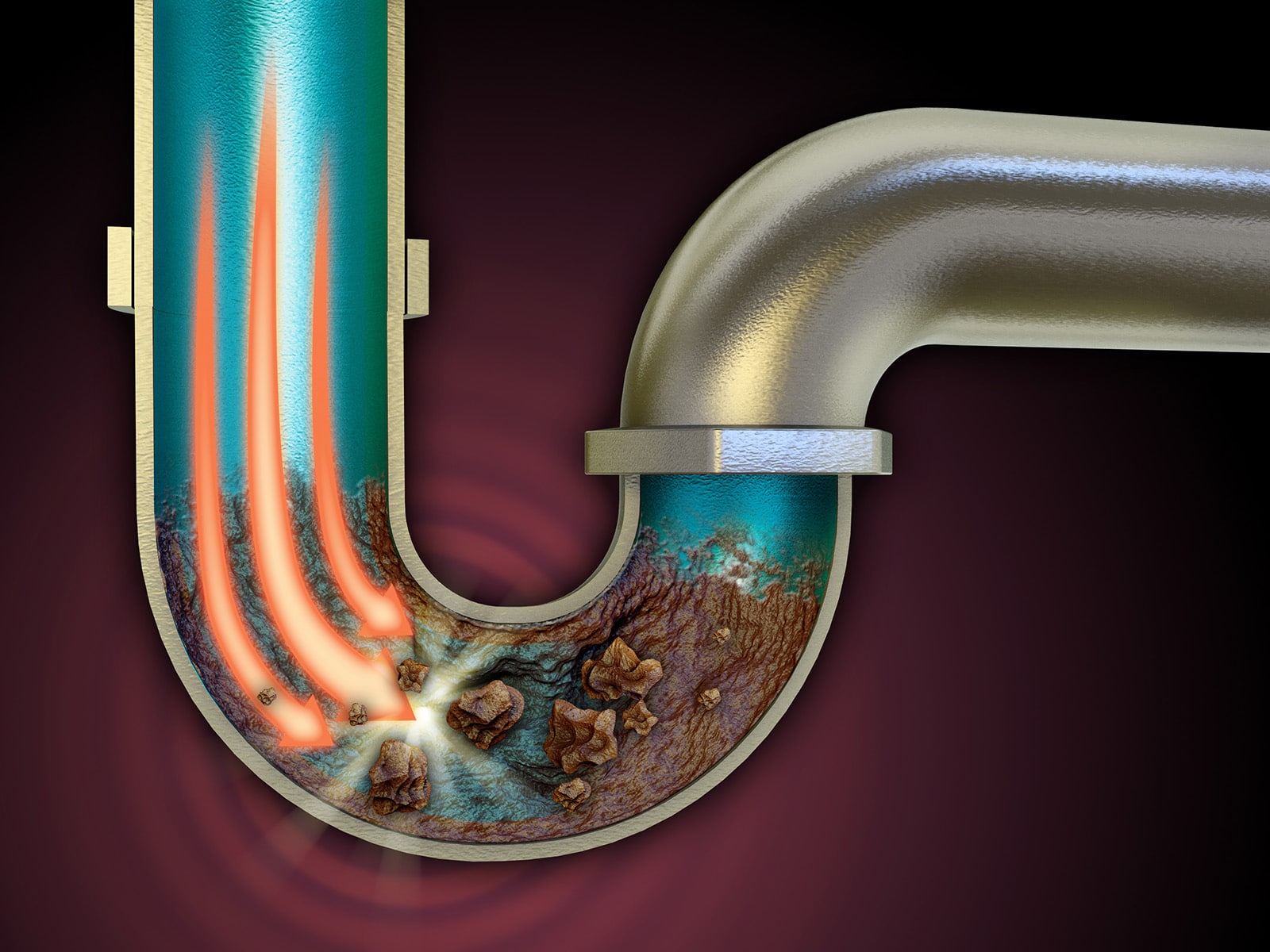
6 Cases When Professional Drain Cleaning is Needed vs DIY Drain Unclogger Methods
Many folks hate to call a professional of any sort and insist on taking on inappropriate DIY projects. As your drain system is vital to the functionality of your home and affects your quality of life, it’s wise to give it some thought before taking on a DIY drain unclogger project. Here are 6 points and instances to consider:
1.Persistent Clogs: If DIY methods fail to resolve the issue or if the clog keeps recurring, it’s a sign that there may be a more significant blockage deeper in the plumbing system, or an issue beyond your skillset or tools that requires professional attention.
2. Multiple Clogged Fixtures: When multiple fixtures in your home are experiencing drainage issues simultaneously, it could indicate a blockage in the main sewer line, of your main drain stack, which often requires professional equipment and expertise to address.
3. Foul Sewer Odors or Gurgling Noises: Unpleasant odors emanating from drains or gurgling noises when water drains are used can indicate more serious plumbing issues that may necessitate professional intervention. Sewer smells and gurgling sounds are most definitely not normal in properly functioning drain systems.
4. A Lack of Access or Having the Specialized Tools: Some clogs may be located in hard-to-reach areas or require specialized equipment such as motorized drain snakes or hydro-jetting machines, which are typically only available to professional plumbers. Furthermore, these are tools that require training and expertise to operate. In the wrong hands, not only can clogs not be cleared, but drain pipe damage and injuries can result.
5. Older Plumbing Systems: Older plumbing systems with corroded or deteriorating pipes may require professional inspection and repair to avoid causing further damage. For instance, if you force a snake down an old drain it can easily break through the wall of the old pipe itself.
6. Roots Inside of Sewer Pipes: Heavy infestation of roots in sewer lines, which may result in needing a sewer line repair are most definitely not a DIY drain or sewer cleaning project.
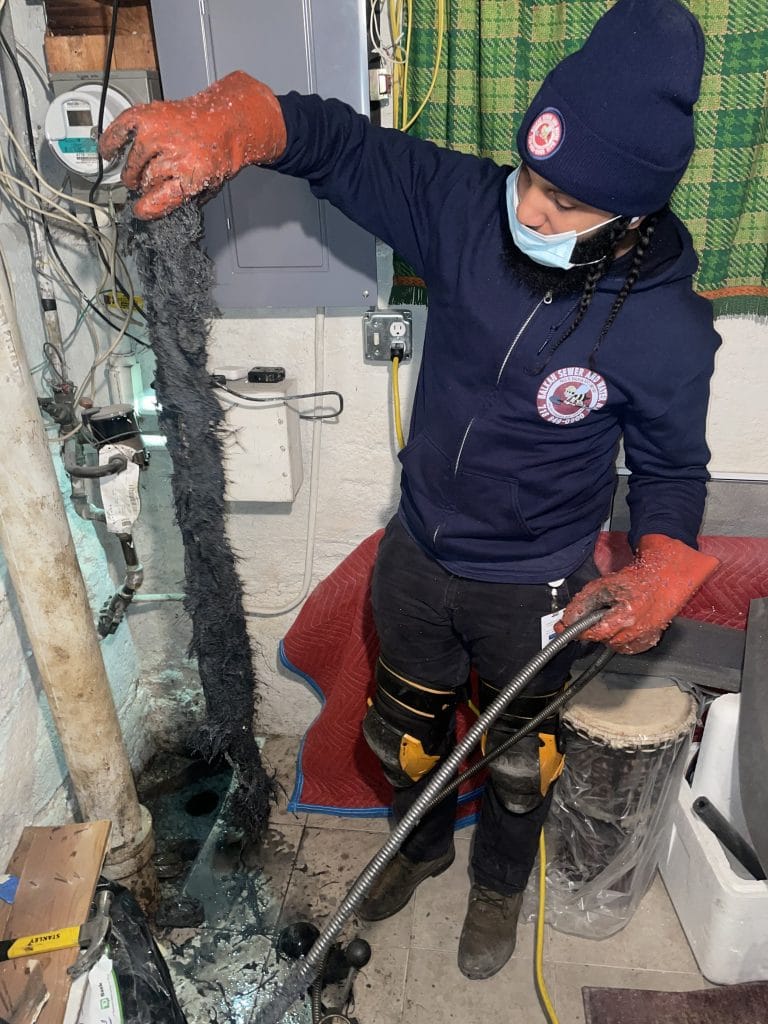
A little summary About DIY Drain Cleaning
In summary, if you’re dealing with a minor or occasional clog in a simple fixture and feel comfortable attempting DIY drain unclogger methods, it’s often safe to try resolving the issue yourself. However, if the problem persists, affects multiple fixtures, or involves more complex plumbing issues, it’s best to seek the expertise of a professional plumber to avoid potential damage and ensure the problem is addressed effectively.
Who is the best drain cleaner in the NYC area?
If you happen to live around the NYC area, you don’t have to look far for the best drain cleaning company in NYC – the Balkan Drain Team. After over 70 years and over 90,000 satisfied customers, Balkan is The Team You Trust.


